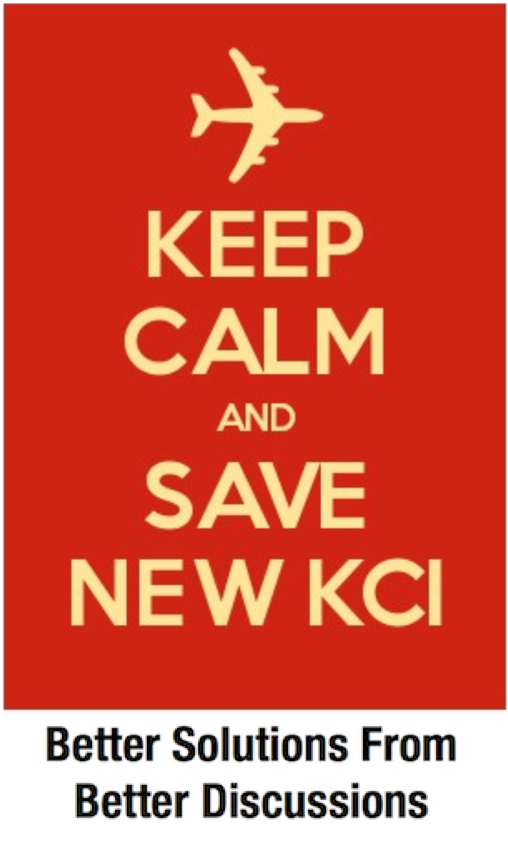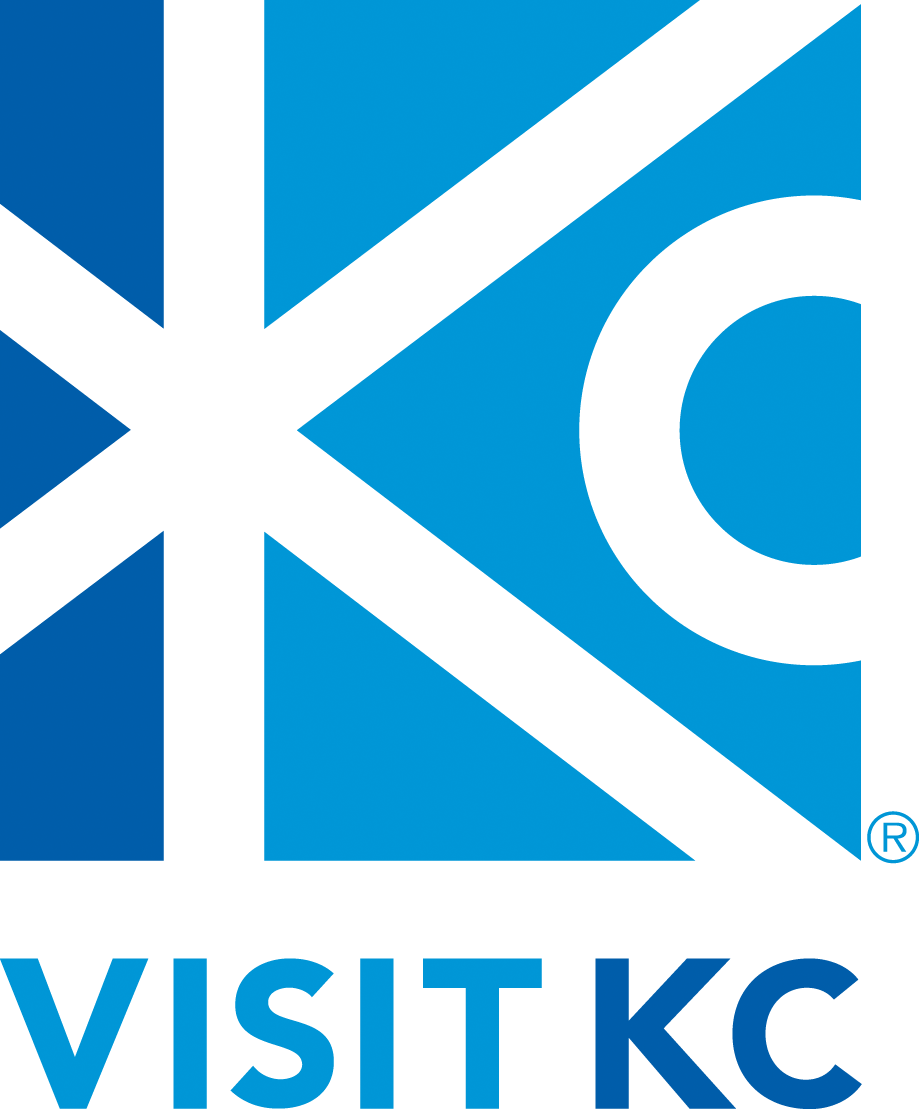Recently it was announced that the airlines and the city were revisiting “the scope” of the new terminal at Kansas City International Airport. Of course, this is due to the seemingly never-ending increases in the projected cost of completion. What started as a $964 million dollar project that just happened to both come in under the dreaded billion dollar number and come in lower than estimated renovations to the existing terminals, has ballooned into a 1.45 billion project. Before interest. With interest, payments over 35 years are projected to total 4.38 billion according to the developer, Edgemoor.
I will readily admit that math was not my best subject in school but if one divides $4.38 billion evenly over 35 years, that’s roughly $125 million in payments per year. According to the most recent Annual Report, the TOTAL operating revenue before expenses of the Aviation Department in 2018 was $128 million. Less operating expenses of $82 million leaves a profit of $46 million before amortization, etc.. Deduct those expenses and add in non-operating revenues, the Aviation Department netted about $36 million.
How does one make a $125 million payment with $36 million? This question is seemingly beyond absurd but in several calls to people much smarter than I, in positions to both know and slap me in the face with the explanation, I’ve received essentially, “I don’t know.” So I’m going to put this out there and invite someone to show me the obvious that I’m missing.
Of course, the expectation is that a new terminal will bring in new revenues. Ok, concession revenues were $4.6 million. Let’s more than double it for fun to $10 million. Parking has been the number one revenue source in the past but has been flat the last three years, likely due to Uber and off-site competition. But again for grins, let’s say they increase prices 20% and no one shops for an alternative. That gives us an extra 11 million giving us $16.4 total. Next, let’s double the rent and landing fees for the airlines and pretend they pay it and don’t move their planes to more profitable routes. That’s another $40 million for a total of $56.4. Add that to our $36 million above and we’re at $92.4. Where does the other $33 million a year come from? Of course, I fully expect that the highway into KCI will become a toll road within the next 10 years to make up for the loss of parking revenue and ride sharing but that won’t make up all the difference.
The above is obviously just an illustration. Apart from the annual report, I have no idea what smarter people in the know are projecting the real numbers to be. The point of this post is, where are these numbers and why is no one else asking for a pro forma demonstrating how a business absorbs new debt that is equal to its total revenue? This would be like you buying a house and the monthly payments were equal to your monthly salary BEFORE taxes. Good luck with the mortgage company on that.
And remember, the airline agreement is not a 35-year agreement. If you can’t afford a new home and your parents have to co-sign your 30-year mortgage, they can’t co-sign for just the first 5 years like the airlines are on this project and then bail if they don’t like it.
So again, who in a position of authority (or in the media) is asking the responsible “what if” questions so that everyone knows what we are really proposing to commit to. And does revisiting “the scope” include revisiting a renovation of the existing terminals given the revised pricing? I’m not necessarily suggesting this is the best idea but merely asking if anyone has asked the airlines that question.
And who really believes that a multi-billion dollar project is being held-up over a $20 million dollar baggage system?






I’m glad you bring up the absurd story of the baggage system. Your question of how a measly $20 mil could be causing the 1.5 Billion terminal to be on hold, is incoherent, yet the Mayor asserts it and the KC Star simply reports it as if it is somehow reasonable.
And your calculations look sensible, but something must be missing since it seems unlikely that Edgemoor would be so nuts as to run a project that was hopelessly in the hole, unless the Agreement is written such that the City is on the hook for all that money.